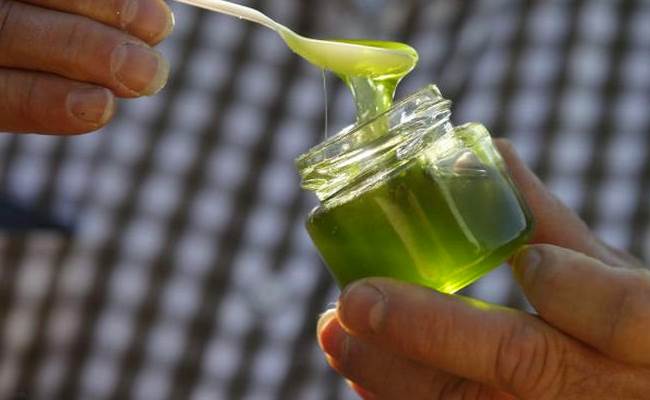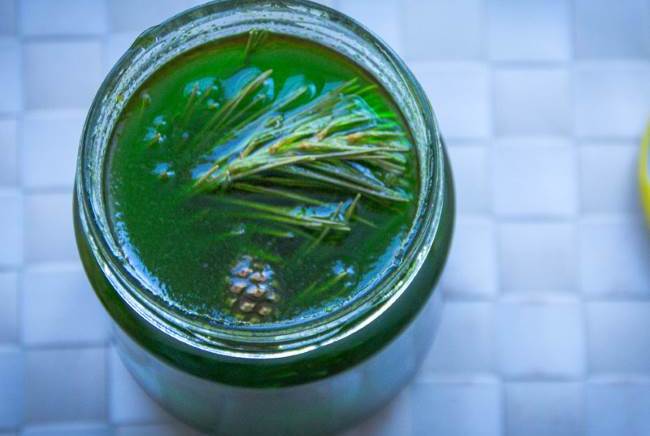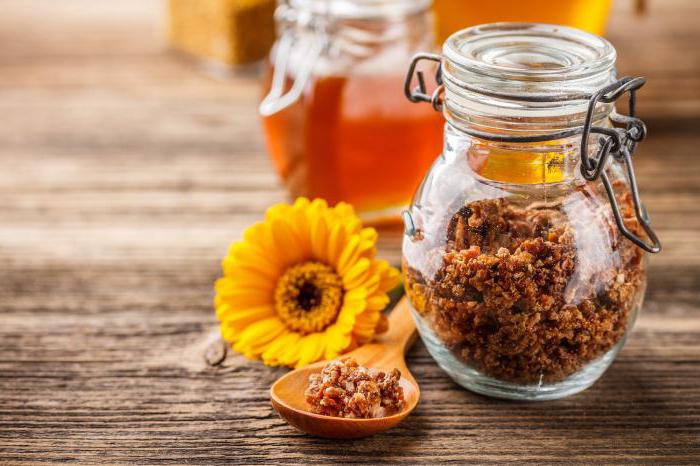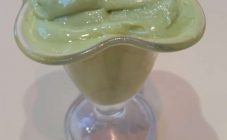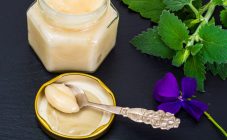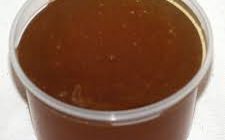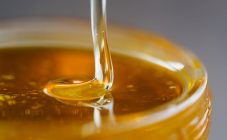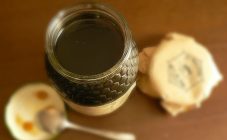Content:
Golden yellow honey is familiar to everyone. But sometimes you can find other beekeeping masterpieces in the markets. Green honey is considered an especially unusual delicacy. Buyers often look at him with disbelief. But beekeepers themselves are also puzzled by the green product. Why is honey of a greenish color obtained, from which it is extracted by bees - useful information in the publication.
Features and properties
Honeydew honey collected from coniferous trees is considered one of the best European varieties. In terms of price, it significantly exceeds flower nectar. This is not surprising: the product has unique medicinal properties due to the high content of natural antibiotics, phytoncides, minerals, enzymes and organic acids.
Most notably, the taste and color of the product directly depends on the type of honeydew source tree. The color can vary from rich emerald to muted tone. There are also frankly dark varieties. However, the most common is precisely the dark green shade.
The taste of honeydew nectar is from the category "for an amateur" - its taste is bitter and, on the whole, somewhat peculiar. There is a certain sweetness in it, but not as pleasant and aromatic as that of the nectar extracted from flowers. The aroma is not particularly pronounced, but it is not customary to call it.
Honeydew honey is thick, viscous and very viscous due to the large amount of dextrins it contains. It is sugar-coated and crystallizes very slowly, as it contains less fructose and sucrose than flower honey.
How honey turns green
Experienced beekeepers assure of the existence of honey, which initially has a greenish tint by nature. For honeydew nectar, this is normal, because it is a product of honeydew processing - sweet secretions of flowers, plants, insects, from which bees collect honey.
In dry or, conversely, rainy summers or in the absence of a sufficient number of honey plants, bees look for an alternative to nectar, which is usually collected from flowers. They collect sweet secretions in both deciduous and coniferous forests.
Unique enzymes contained in the leaves of trees and shrubs from which honey was collected directly affect its color. It is they who give it shades that are a priori unusual for this delicacy - dark brown with a green tint, the color of young greenery and intermediate colors. If honeydew and sweet resin are collected in coniferous forests, the dessert takes on a pronounced emerald green color.
Honey with the addition of propolis
Considering some characteristics, green honey has been compared to propolis. The similarity lies in the collection method and properties. Bees prepare propolis using plant resinous substances that are obtained from fresh branches, buds of deciduous trees and cones of conifers. The color scheme of propolis also cannot be called monotonous: propolis can be of an emerald or almost black color.
If you mix honey and propolis, a yellow-green substance is formed with a rather original aroma and taste of bitterness and sweetness at the same time. Green propolis honey, which is actively sold in pharmacies and stores, can also be made at home.
Correct reception
Propolis honey is used:
- outwardly;
- inside.
Outwardly - use in the form of lotions, compresses, inhalations and for gargling. As for ingestion, the recommended daily allowance for an adult is 3 tablespoons, and for a child, 2 teaspoons. It is advisable to use the product continuously from 3 months to six months.
How to check for authenticity
In order to exclude the purchase of a fake product flavored with dyes, a lime test should be carried out.
To verify the authenticity of a healthy honey dessert, lime is slaked in distilled water in a 1: 2 ratio. The mixture costs 4-5 hours, the lime water is drained. Then part of honey, part of distilled water and 10 parts of lime water are mixed. The composition is brought to a boil.
If honey is natural, then the mixture is converted into flakes, but if it is an ordinary dyed product of the vital activity of bees, which has been given the appropriate color, only liquid will remain.
Everyone who has acquired this wonderful medicinal delicacy has every chance to save on medications - and the first-aid kit is not overfilled, and the budget is not at the expense of.
